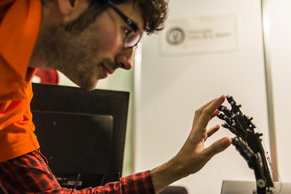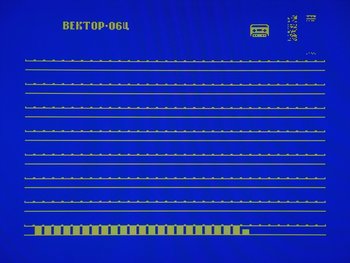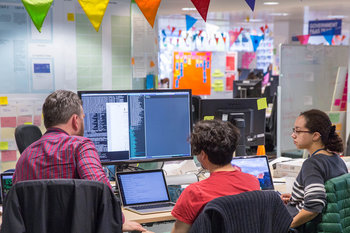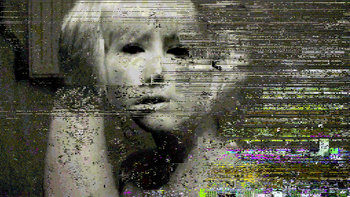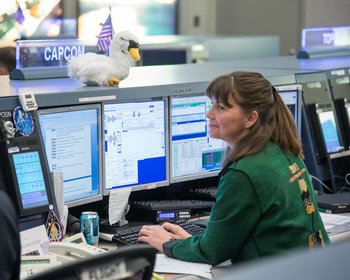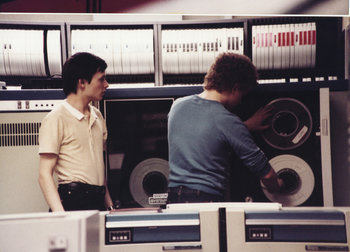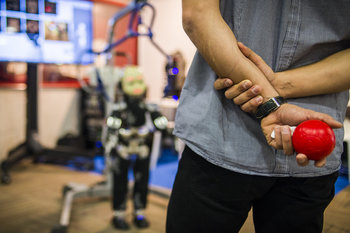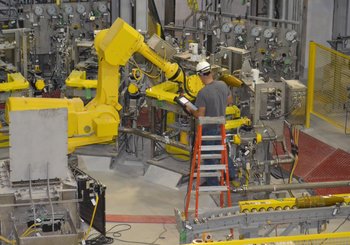
User Input
Devices that collect user input such as a touch screen, keyboard, mouse or button on a machine.Display
Devices that transmit visual information to users such as a flat screen tv.Sound
Input of sound such as a microphone, devices that process sound data such as a sound card and output of sound such as a speaker.Immersive Experience
Devices that communicate to the senses of users such as a vibration in a game controller.Printing
Tools that print 2d or 3d things to create physical visualizations and work products.Storage
Storage of data as files and folders such as a disk or memory card.Memory
Devices that provide high speed data storage such as random access memory (RAM).System Devices
Devices that are provided by hardware that are useful to computing such as a system clock or interrupt controller.Random Number Generator
A device that returns random numbers or pseudorandom numbers.Network
Communication related devices such as a network card that allows for input/output over internet protocols.Media
Media related devices such as a sound synthesizer or video camera.Sensors
Sensors are a broad category of devices that collect data about the physical world such as a pitot tube on an aircraft that measures fluid flow velocity.| Overview: I/O | ||
Type | ||
Definition | The process of sending and receiving data to and from a computer. | |
Also Known As | i/o IOinput/output | |
Related Concepts | ||



